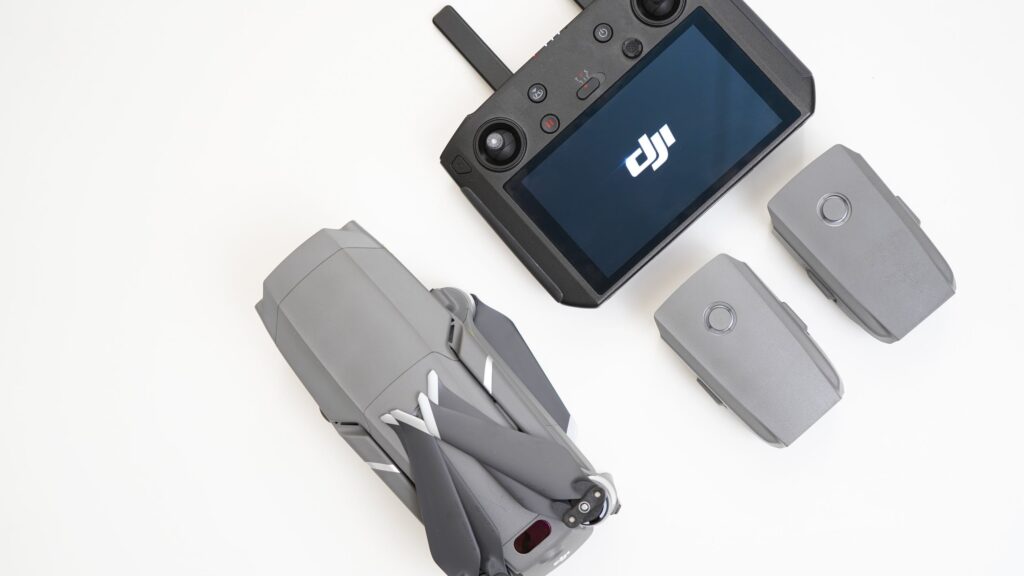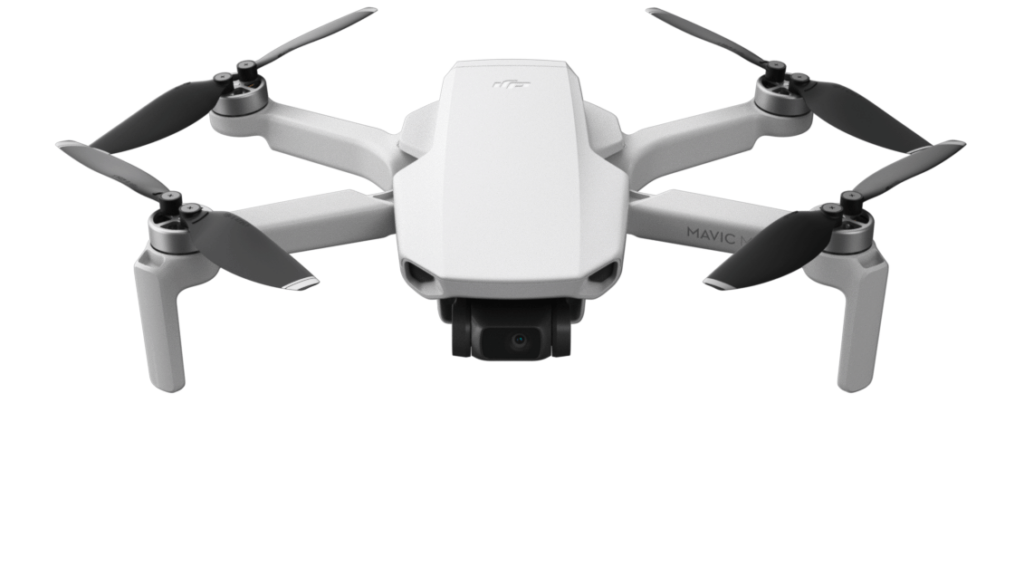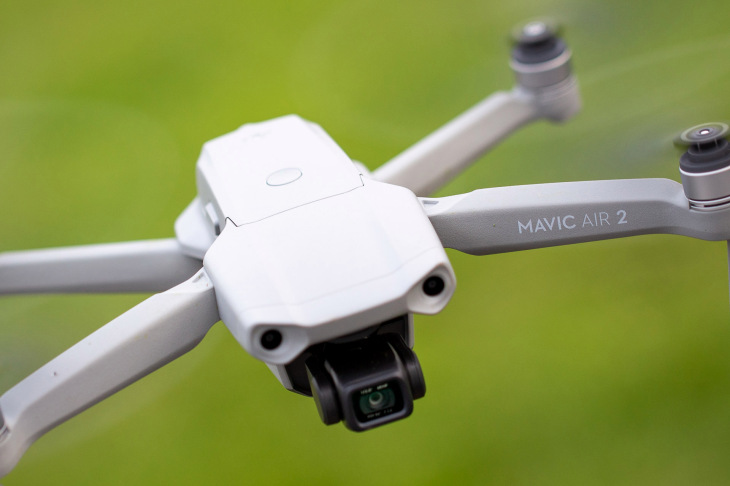New DJI FPV owners need to know that flying in Macro (M) is harder than they might think. It is clear by now that DJI has cornered the market of photography drones, whether it is drones for kids, enterprise drones, drones for agriculture, drones for roof inspection, etc. Since March, 2021, DJI has added one more, very important vertical: First person view (FPV) — a drone which is designed for racing that can fly almost 90 mph.
DJI has cornered the market of photography drones, drones for kids enterprise drones, drones for agriculture, drones for roof inspections and more. And today, DJI adds one more, super-important vertical to its collection: FPV. DJI today announced DJI FPV, a drone designed for racing, and it can fly at nearly 90 mph.
First person view (FPV) means that the camera wirelessly transmits video feed to goggles, a headset, a mobile device or another display, and that instead of looking at the drone as it flies in the sky, it is operated by looking directly through the camera’s video feed for spatial awareness. This style of flight is most common in drone racing, where drones shot via FPV are able to capture a cinematic look of extremely fast flights.In addition, it means drone racing is ready to fly immediately — right out of the box — can reach maximum speeds of 87 mph, at a maximum acceleration of 0-62 mph in a mere two seconds.
Ferdinand Wolf, Creative Director, DJI Europe, put it:
“It can fly like a racer, hover like a traditional drone, accelerate like a homebuilt project and stop faster than any of them. DJI FPV lets the world experience the absolute thrill of immersive drone flight without being intimidated by the technology or spending hours building a system from scratch.”*
The fact that most drone racers today fly their own, home-made drones, this might create a barrier to entering the drone sport for someone who can’t build their own drone, the DJI FPV is a racing drone designed for beginners since it is a racing drone that is designed not only for pros, but also for beginners. Safety features, such as a new Emergency Brake and Hover that immediately makes the drone stop and hover mid-flight when it is activated, should be especially appreciated by beginners.
Even though FPV drone racing usually means flying at relatively low altitudes, other safety features help to prevent collisions with other aircraft are GPS-based geofencing to signal to pilots of airspace restrictions and potential hazards, and an ADS-B receiver system to warn pilots when other manned aircraft are nearby. In addition, there is a failsafe “Return to Home” that will ensure that the drone flies back to its point of departure automatically when or if the transmission signal is lost or when activated.
Because the FPV has multiple flight modes, pilots can fly in a mode that matches their skill level. Those modes are:
- “Normal (N) Mode: This one is for newbies, and has the most security features at play, making the drone as close to crash-proof as possible. N mode basically allows DJI FPV to operate much like any other DJI drone, enabling it to hover in place via GPS and/or visual positioning systems (VPS) under the drone. N mode also allows you to use obstacle detection sensors on the front.
- Sport (S) Mode: This mode is basically a step up from N mode, offering some of the dynamic movement capabilities that come with the more advanced M mode (more on that later), while incorporating key safety features of N mode.
- Manual (M) Mode: This mode is for the pros. M mode disables all sensors and hovering features.”*
Inexperienced users need to be aware that the DJI FPV in fully manual/acro mode is not easy to operate. It is important to get considerable experience with the drone before using this mode.
The DJI FPV ecosystem includes the drone itself, as well as goggles, a remote controller, and a new type of motion controller option that steers the drone based on the movement of one’s hand.
The camera shoots at 4K/60fps 120 Mbps but not at the Mavic-level video quality. When it comes to recording, there is the option to film in 4x slow motion in 1080p and 120 fps.
Future
Considering what the DJI FPV offers, it is not surprising that it has raised a lot of interest. After all, DJI has come up with a drone which is designed for racing that can reach maximum speeds of 87 mph and a maximum acceleration of 0-62 mph in a mere two seconds.
What drone racer would not want a first person view (FPV) drone since it means that instead of looking at the drone as it flies in the sky, the pilot controls the drone by seeing a real-time video stream from the drone itself since it is operated by looking directly through the camera’s video feed for spatial awareness.



